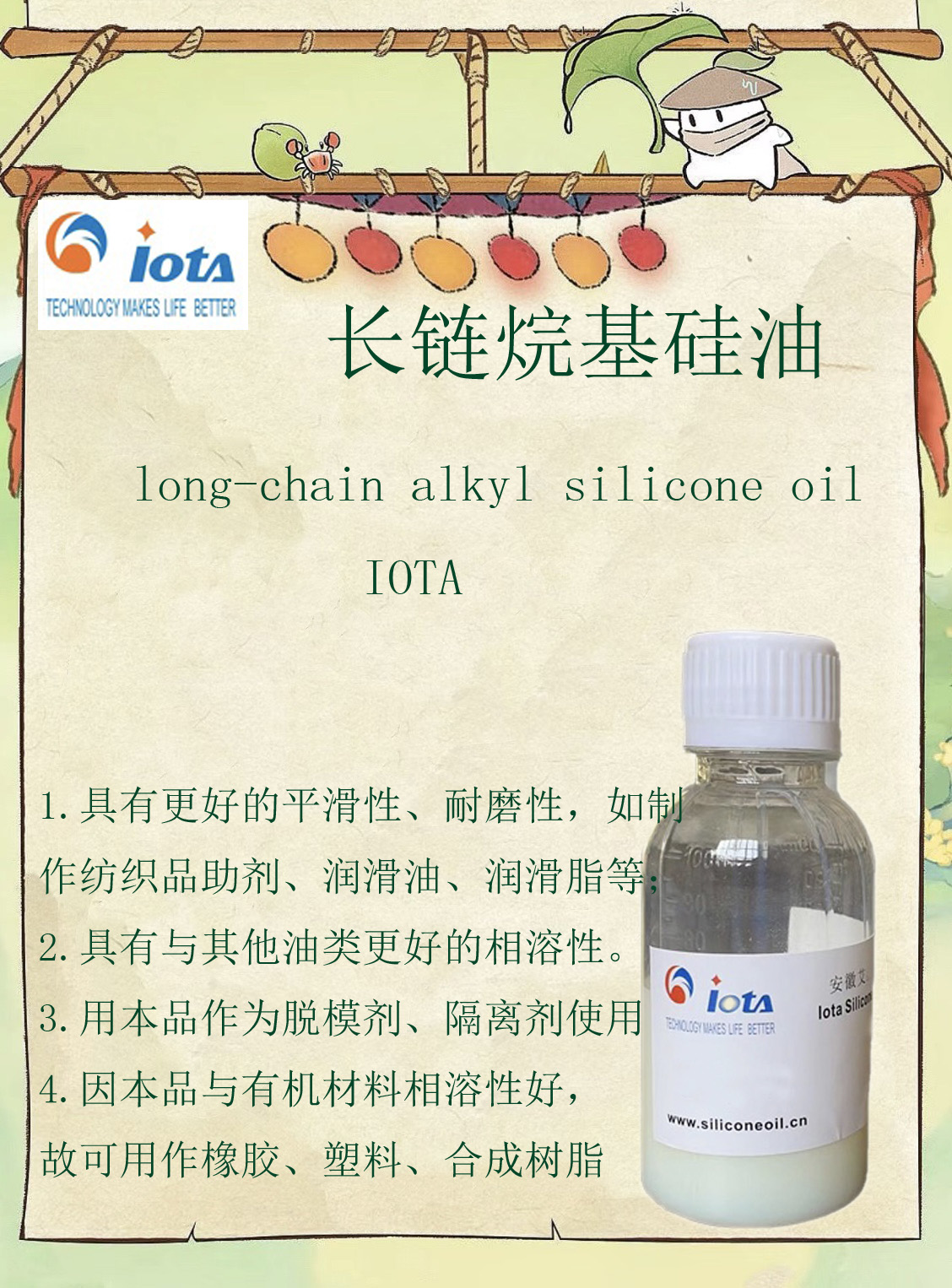The waterproof application of silicone oil in the textile industry
As one of the important pillars of the national economy, the textile industry not only requires its products to be beautiful and durable, but also needs to have specific functionalities such as waterproofing, fireproofing, anti-static, etc. Among these functional textiles, silicone oil plays a crucial role as an important additive. This article will focus on exploring the waterproof application of silicone oil in the textile industry, analyzing its waterproof mechanism, specific applications, and future development trends.
 1、 Waterproof mechanism of silicone oil
1、 Waterproof mechanism of silicone oil
Silicone oil, especially hydrogen containing silicone oil and its derivatives, perform well in waterproof treatment of textiles due to their unique chemical structure and physical properties. The silicon oxygen bond in silicone oil molecules has a high bond energy, which enables the silicone oil molecules to form a stable thin film on the surface of textiles. This film has excellent water and oil repellency and can effectively prevent the penetration of moisture and oil stains.
In addition, the organic groups in silicone oil molecules (such as methyl, ethyl, etc.) endow silicone oil with good compatibility and lubricity, enabling it to uniformly and firmly adhere to the surface of textile fibers, forming a dense waterproof layer. This waterproof layer not only improves the waterproof performance of the textile, but also maintains its breathability and comfort.
2、 The waterproof application of silicone oil in the textile industry
The waterproof application of silicone oil in the textile industry is mainly reflected in the following aspects:
1. Textile post-treatment waterproofing agent
In the post-treatment process of textiles, it is a common practice to use hydrogen containing silicone oil lotion for waterproof treatment. The hydrogen containing silicone oil lotion is evenly coated on the textile surface by means of dip rolling, dipping or spraying, and then through drying, curing and other processes, the silicone oil molecule is closely combined with the textile fiber to form a waterproof film. The processed textiles not only have excellent waterproof performance, but also maintain their original breathability and comfort.
In addition, in order to meet the high-end demand for textiles, chemical product manufacturers have also developed silicone oil that can be used in conjunction with various functional additives such as waterproofing agents, flame retardants, anti-static agents, and color fixing agents. These silicone oils not only have good waterproof performance, but also can work synergistically with other functional additives to improve the overall performance of textiles.
2. Fiber modified waterproofing agent
In addition to being used as a post-treatment waterproofing agent for textiles, silicone oil can also be used for fiber modification treatment. By adding an appropriate amount of silicone oil during the fiber production process, the silicone oil molecules can undergo chemical reactions or physical adsorption with the fiber molecules, thereby changing the surface properties of the fibers and improving their waterproof performance.
Fiber modified waterproofing agents have a wide range of applications, including natural fibers such as cotton, linen, silk, and wool, as well as synthetic fibers such as polyester, nylon, and acrylic. The modified fibers not only have excellent waterproof performance, but also maintain their original softness and glossiness.
3. Textile coating waterproofing agent
Textile coating waterproofing agent is a layer of waterproof coating formed by mixing silicone oil with other resins, polymers and other raw materials, and uniformly coating the mixture on the surface of textiles through coating, printing and other methods. This coating not only has excellent waterproof performance, but also can improve the abrasion resistance, tear resistance and aging resistance of textiles.
The application range of textile coating waterproofing agents is wide, including outdoor clothing, tents, umbrellas, sunshades and other textiles that need to withstand harsh weather conditions. Coated textiles not only effectively resist wind and rain invasion, but also maintain their original softness and comfort.
